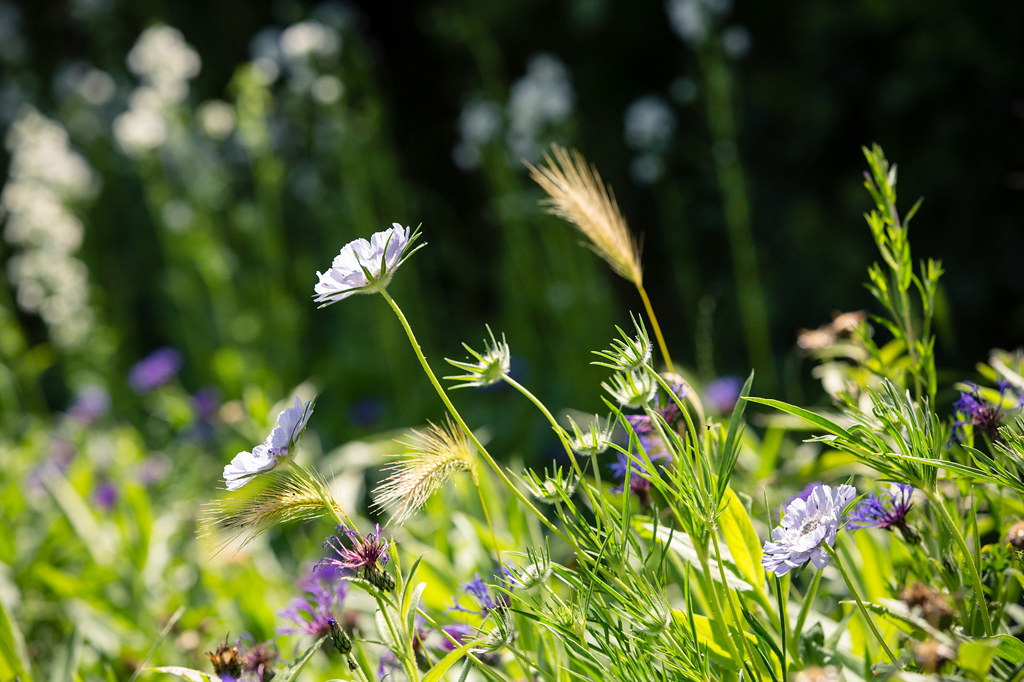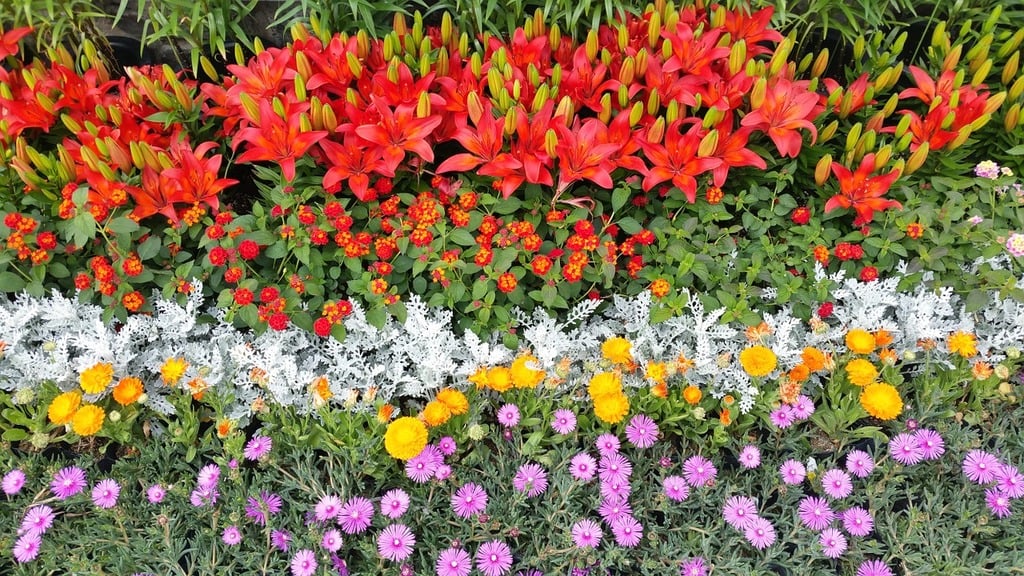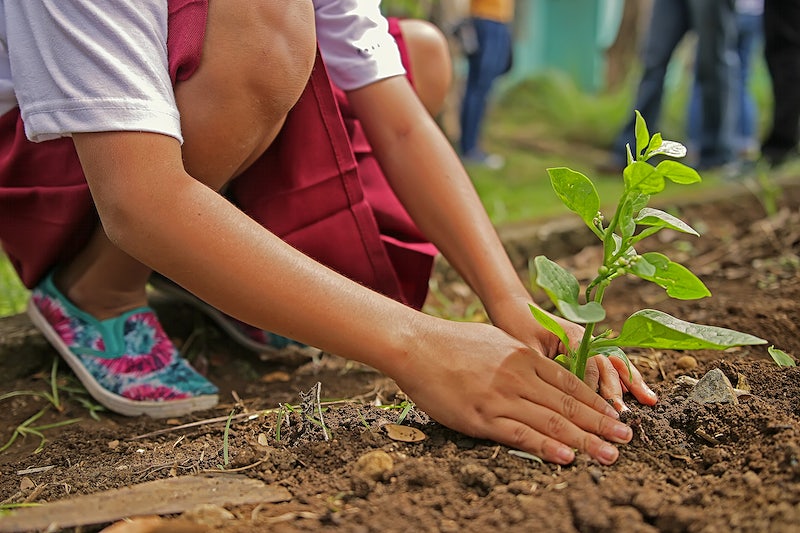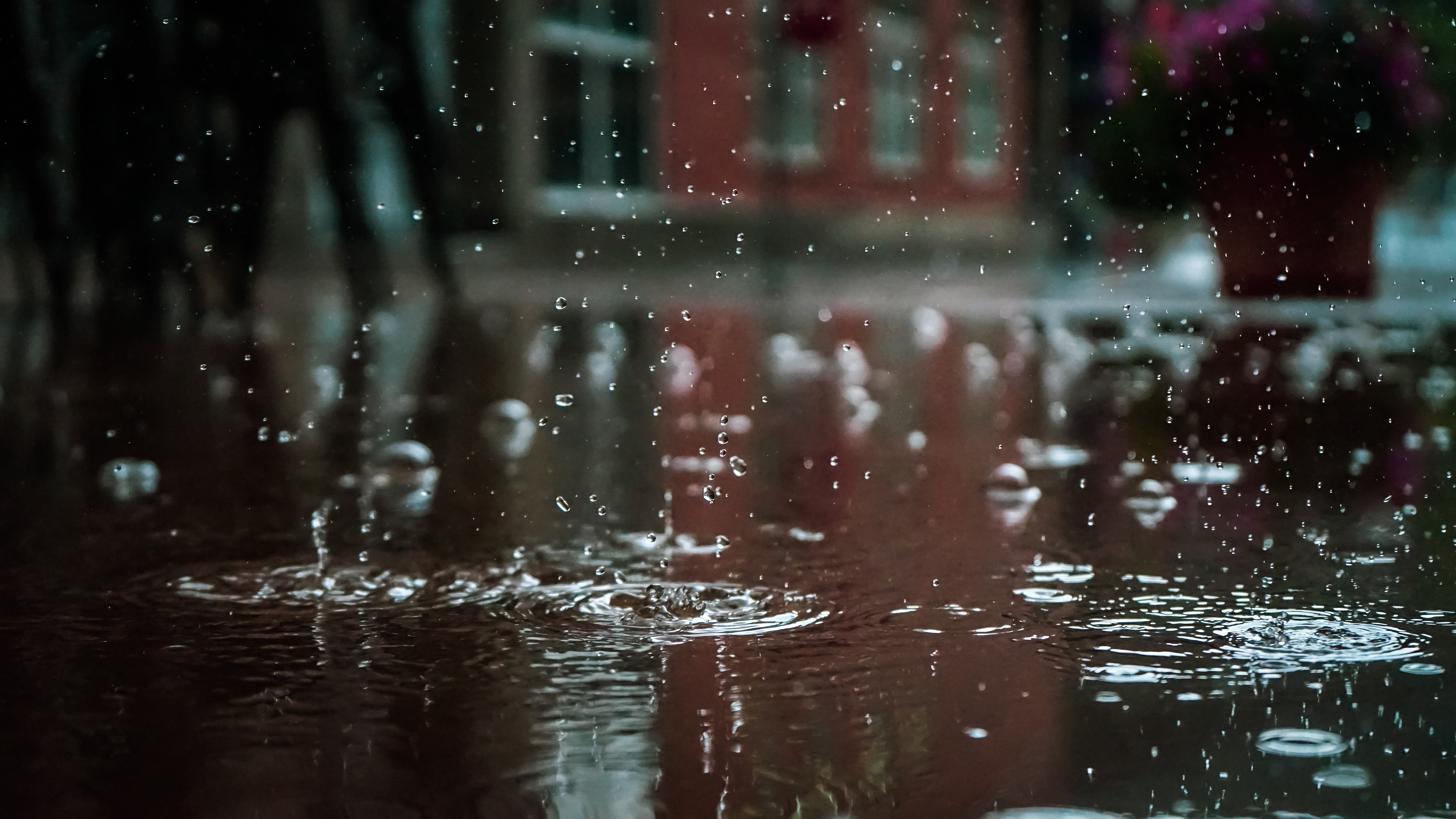Change grey to green
Creating or improving spaces for nature to thrive is the focus in this first year of the National Education Nature Park.
By changing parts of our ‘grey’ landscape of human-made areas back to natural habitat, however tiny, we are creating homes wildlife to move into and flourish. Natural habitats boost wellbeing, calmness and coolness on a site, and can improve water drainage and climate resilience.
So take a look at your playground, pathways, fences, or unused concrete corners and start imagining a greener space in which to work and learn. The six options below provide visions for living dynamic spaces that benefit learners, staff and nature alike. Nature can be invited in without compromising your use of the space for learning, play and movement around site. The six options below provide visions for living, dynamic spaces that benefit learners, staff and nature alike. Explore each and decide with your learners which inspires you the most. Use the Start Planning for Nature activities to explore the opportunities with learners and facilitate group decision-making, giving young people real power and choice in making changes to their site.
Where do we start?
Before planning changes to your site, explore what habitats you currently have by taking part in Mapping your site. This will help you to identify where nature is most obviously missing from your site and show you the greyest spaces where the greatest nature gains can be made. It will also allow you to plan any improvements to increase connection between existing natural spaces.
The Start planning for Nature activities encourage learners to consider opportunities for improvements – for both people and nature. Activities such as Write a poem ask learners to imagine the future of their school site and what message they’d like to send. Our guidance on prioritising opportunities suggests ways for learners to thoughtfully consider and decide on the most important areas of concern and ideas of actions to take, collectively. The Ideas for Improvement activity is a great way to introduce the different kinds of actions and interventions possible, why and where they might work best, and think creatively about their next steps.
Detailed guidance for these six options to make change can be found below:
- Pools of water
- Waves of grasses
- Buffets of flowers
- Shades of trees
- Cascades of green walls
- Catch every raindrop
Ways to enhance grey space
Pools of water

Create reflections of light, curiosity for students, and add a cooling factor to your school grounds by installing wildlife ponds.
Creating a pond or other freshwater habitat is one of the best things you can do to invite nature into your space. Even the smallest areas of freshwater can support a wide range of living things that could otherwise not survive – those that live their whole lives in water and those that depend on it for parts of their lifecycle, as well as those that visit to drink, bathe or eat.
As long as safety and environmental sustainability are planned in from the start, Pools of water can have big impacts at any size and for any budget.
Waves of grasses

Swathes of grass and wildflowers drifting in the breeze brings movement to your grounds, attracts an abundance of wildlife, and can have a calming effect for staff and learners.
Grasslands are among the most biodiverse habitats in the UK. Turning hard paving to grassland, even in small areas, can support a diverse range of plants and invertebrates, such as bees and butterflies. Grasslands also provide cover, food, and breeding spaces for birds and small mammals. Replacing paving with grass will provide better drainage for rainwater, helping to reduce flooding.
The presence of colourful and diverse wildflowers has a positive impact on young people’s mental wellbeing and their connection with the natural world.
Buffets of flowers

With a diverse structure and popping with colour, these spaces are a buffet for the eyes and mind, and provide food for a multitude of pollinating insects.
Even in limited spaces, raised beds or planters of fruit, vegetables, and flowers can have a positive impact on biodiversity while providing educational and environmental benefits. Growing a variety of plants that flower and fruit throughout the seasons provides valuable resources food sources for pollinators and other wildlife, especially during times when natural resources are scarce.
Get creative and build your own raised beds or utilise different-sized containers to transform unused corners or larger areas of hard standing into productive and wildlife-friendly gardens.
Increased planting can greatly improve air quality, help to cool built up areas and can provide fresh produce for the school.
Shades of trees

Shelter from the sun and rest, staring up into the foliage. Trees will cool down your site and provide a long-term home for many species.
Reclaiming a small area of paving to plant one or more trees can have a big impact using only a small footprint of space. Trees offer crucial nesting sites, food sources, and shelter for insects, birds, small mammals, lichens, and mosses.
Trees clean the air by trapping particles of pollution and provide natural shade, creating cooler and more comfortable outdoor spaces. Trees also capture and slow rainfall, which reduces runoff and the risk of flooding during heavy rainfall.
The more trees you can plant, the better, but even a single tree can have a significant impact on biodiversity.
Cascades of green walls

An environmental ‘paint job’ for your fences and walls, bringing colour and joy to your grounds. Green walls utilise every space for nature.
Planting climbing plants at the base of walls and fences can be an easy, low-cost way to introduce new greenery and colour without taking up valuable space. Climbing plants can provide shelter for invertebrates and nesting birds, as well as a valuable food source for insects and other animals throughout the seasons.
Like any green planting, climbing plants contribute to improved air quality by filtering pollutants.
Catch every raindrop

Make the most of every drop of rainwater by installing water butts and rain gardens. This will give you water to sustainably support nature on your site, such as topping up ponds or watering the flowers.
Installing rainwater capture containers, such as water butts, requires little space and minimum maintenance. By harvesting rainwater, you can conserve water resources and reduce your reliance on mains water supply. Rainwater is free from many of the chemicals found in mains water, making it a more natural and environmentally friendly option for irrigation and for ponds.
Better still, direct a drainpipe directly into a rain garden or stormwater planter so that rainwater goes directly to the plants, not down the drain. Catching every raindrop provides a direct route to engage learners with the concepts of sustainability and climate resilience.
Finding funding
Grants are available for selected schools to implement one of these six options, and our Finding Funding page supports those not eligible for the current grants to attract funding for their project.